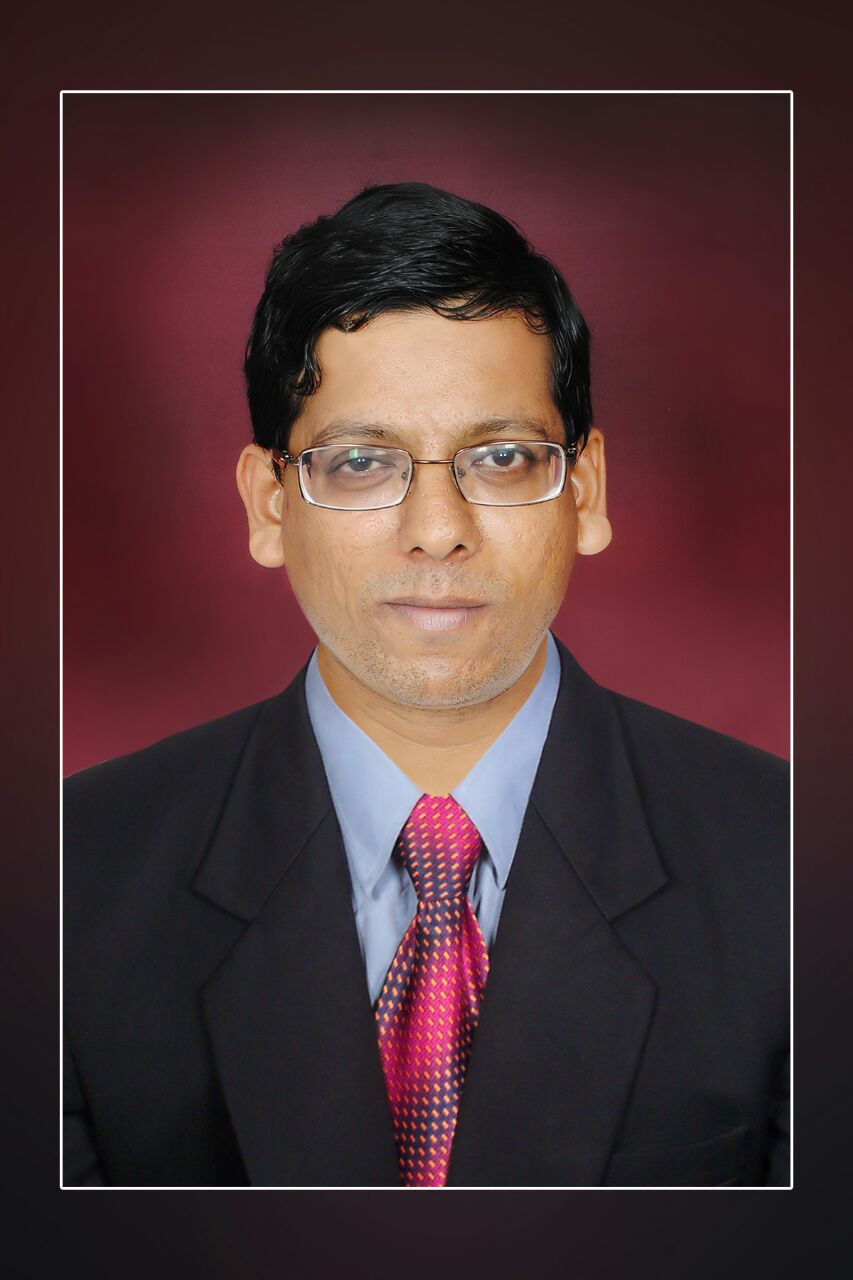Are you looking to invest in stocks across market capitalisation? Do you seek blended exposure for your portfolio? You could invest in multi-cap funds to diversify your portfolio across large-cap, mid-cap and small-cap stocks. According to Association of Mutual Funds in India (AMFI) data, multi-cap funds saw inflows of a whopping Rs 10,500 crore in December 2021. It was the highest across equity fund categories for this month. Why are retail investors, including several millennials investing in multi-cap funds?
What are multi-cap funds?
As per SEBI guidelines in September 2020, multi-cap funds invest a minimum of 25% of their assets each in large-cap stocks, mid-cap stocks and small-cap stocks. It ensures that multi-cap funds maintain a diversified portfolio in stocks across market capitalisation.
Before the SEBI rules in September 2020, multi-cap funds used to invest predominantly in large-cap funds. However, after SEBI guidelines, these funds have a sizable holding in mid-cap and small-cap stocks making them true-to-label.
Why are millennials investing in multi-cap funds?
Retail investors and millennials invest in multi-cap funds to build a diversified portfolio in stocks across market capitalisation. Multi-cap funds can give a higher return than Flexi-cap funds because of a greater allocation towards mid-cap and small-cap market segments.
Flexi-cap funds invest at least 65% of their assets in equity and equity-related investments. Moreover, they have the flexibility to invest in stocks across market capitalisation without any restrictions.
The small-cap market segment performed exceptionally well over the past year. It has led to higher returns for multi-cap funds and greater interest from millennials and retail investors.
Multi-cap funds have collected sizable investments through the New Fund Offer or NFO route. For instance, HDFC Multi-cap Fund, Axis Multi-cap Fund and IDFC Multi-cap Fund cumulatively collected Rs 9,509 crore through NFOs in December 2021.
Data shows multi-cap funds beating most equity schemes in 2021. For instance, multi-cap funds offered average returns of around 40% in one year compared to the 30% of Flexi-cap funds over the same period. Moreover, only small-cap funds, IT and Infrastructure sector funds have outperformed multi-cap funds during this period.
Should you invest in multi-cap funds?
Multi-cap funds do well during a broad stock market rally. It means stocks across sectors are contributing to the stock market rally. However, Flexi-cap funds outperform multi-cap funds during a narrow stock market rally.
The narrow stock market rally is led predominantly by large-cap stocks. Flexi-cap funds can increase their exposure to this segment outperforming multi-cap funds.
You may invest in multi-cap funds if you have a higher risk tolerance and a time horizon above five years. It helps as these funds have sizable holdings in the mid-cap and small-cap space, making them volatile in the short run. Multi-cap funds are vulnerable to stock market corrections as they invest at least 25% of their assets in mid-cap and small-cap stocks.
Many people invest in multi-cap funds through the NFO route. However, financial experts recommend investing in multi-cap funds only after they have developed a track record of performance. Moreover, it helps if you pick multi-cap funds with a lower expense ratio than peers. It increases your overall take-home return over some time.
Multi-cap funds ensure that you remain invested in all stock market segments at all times. Moreover, these funds outperform most equity mutual fund schemes during a bull market. Investors who are not comfortable with mid-cap and small-cap funds but seek exposure to these segments may consider multi-cap funds. In a nutshell, you must invest in multi-cap funds to attain long term investment objectives if it matches your risk profile.
For any clarifications/feedback on the topic, don’t hesitate to contact the writer at cleyon.dsouza@cleartax.in.

I write to make complicated financial topics, simple. Writing is my passion and I believe if you find the right words, it’s simple.





